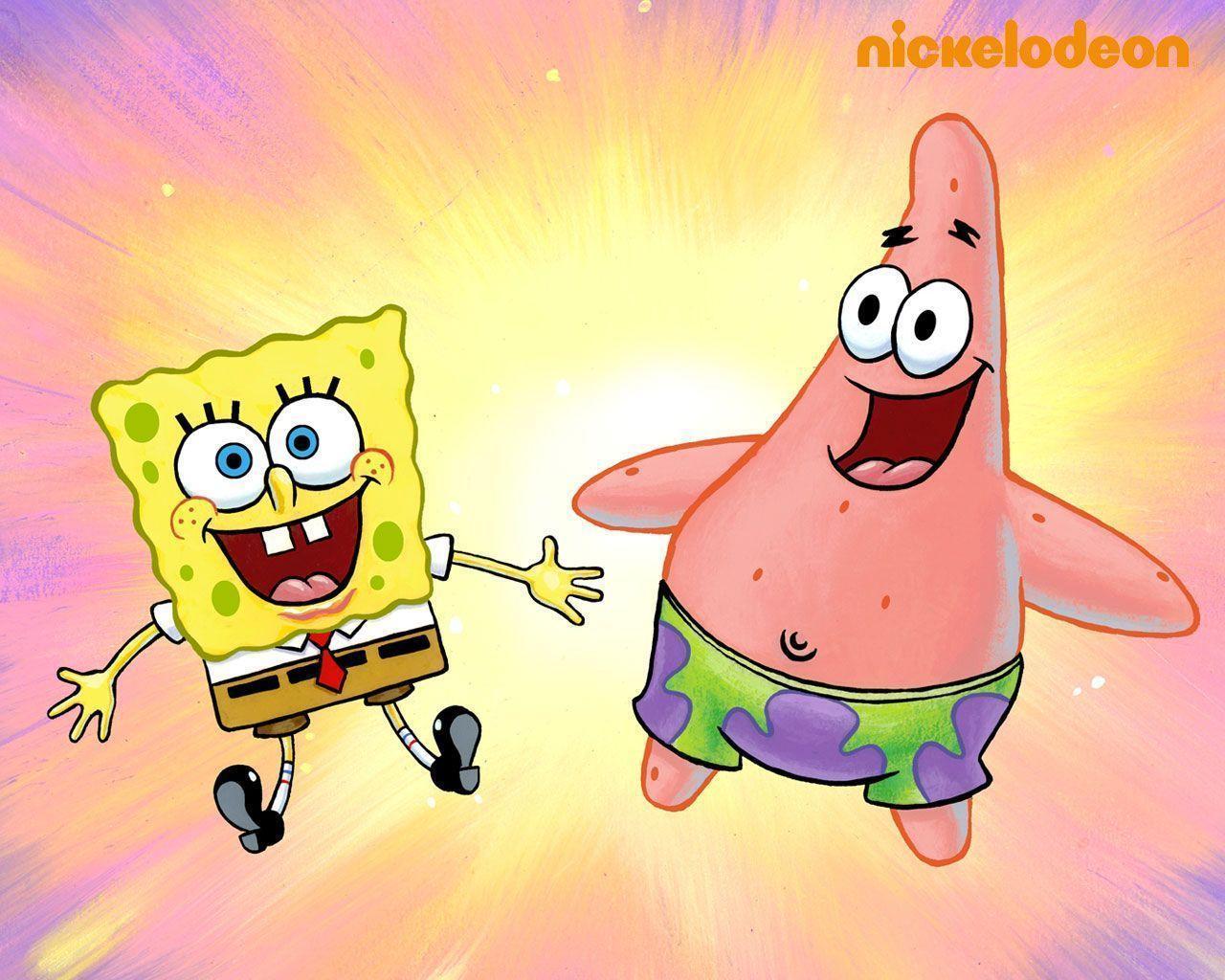Patrick Stewart Ice Bucket Challenge: A Look Back At The Viral Sensation
The summer of 2014 saw a truly remarkable event sweep across social media, capturing hearts and raising awareness for a vital cause. It was the Ice Bucket Challenge, and it really brought people together in a way we hadn't quite seen before. This simple act of dousing oneself with freezing water, then challenging others to do the same or donate, became a global phenomenon, all for the benefit of ALS research.
Among the many famous faces who took part, one particular video stood out for its unique charm and a touch of classic British composure: that of the much-loved actor, Patrick Stewart. His participation, you know, sort of added another layer of gravitas and a little bit of fun to the whole movement. It was a moment that really showed how even the most distinguished individuals could embrace a silly, yet incredibly effective, way to help others.
This particular challenge wasn't just about cold water and laughs; it was a powerful tool for good, shining a very bright light on Amyotrophic Lateral Sclerosis (ALS), a really tough neurodegenerative condition. So, we're going to take a moment to revisit Patrick Stewart's memorable contribution and explore the bigger story of how this viral sensation made a true difference, and how online conversations, in a way, helped it spread.
- Tom Hiddleston Fashion
- Brad Pitt Ex
- Edward Norton Cornrows
- Matthew Mcconaughey Devil Movie
- Morgan Freeman Meme Generator
Table of Contents
- Who is Patrick Stewart? A Brief Look at a Beloved Performer
- The Ice Bucket Challenge: A Phenomenon for a Cause
- Patrick Stewart's Memorable Ice Bucket Challenge Moment
- Beyond the Bucket: The Lasting Legacy of the ALS Awareness Push
- The Broader Conversation: Online Communities and Shared Experiences
- Frequently Asked Questions About the Ice Bucket Challenge
Who is Patrick Stewart? A Brief Look at a Beloved Performer
Sir Patrick Stewart, a name many people recognize and truly admire, has had a rather long and distinguished career in acting. He's known for his incredible range, from serious Shakespearean plays to big blockbuster movies and TV shows. In a way, he’s a true acting legend, and his presence always adds something special.
Personal Details and Bio Data
| Full Name | Patrick Hewes Stewart |
| Born | July 13, 1940 |
| Birthplace | Mirfield, West Yorkshire, England |
| Occupation | Actor, Voice Actor, Producer |
| Notable Roles | Captain Jean-Luc Picard (Star Trek: The Next Generation), Professor Charles Xavier (X-Men film series) |
| Awards & Honors | Olivier Awards, Emmy Nominations, Golden Globe Nominations, Knighted by Queen Elizabeth II in 2010 |
Early Life and Career Beginnings
Patrick Stewart's journey into acting actually started quite early in his life. He grew up in a working-class family in Yorkshire, England, and discovered a real passion for the stage at a young age. He began performing in local theater groups and, you know, eventually trained at the Bristol Old Vic Theatre School. This early grounding in classical theater really shaped his skills, giving him a powerful voice and a commanding stage presence that would become his trademark. It's almost as if he was always destined for the spotlight.
His early career was largely focused on the theater, particularly with the Royal Shakespeare Company (RSC). He spent many years performing in various productions, honing his craft and gaining critical acclaim for his powerful performances. This experience, arguably, made him one of the most respected actors of his generation, even before he became a household name globally. He was, in some respects, a true master of the stage.
- Woody Harrelson Food Documentary
- Robert De Niro Meet The Parents
- Al Pacino Ex Girlfriend
- Ian Mckellen Godot
- Harrison Ford Michael J Fox
Iconic Roles and Global Recognition
While his theater work was deeply respected, it was his television and film roles that brought Patrick Stewart widespread international fame. His portrayal of Captain Jean-Luc Picard in "Star Trek: The Next Generation," which started in 1987, really turned him into a pop culture icon. That character, with his wisdom and calm leadership, sort of resonated with millions of viewers around the world. It was a role that, in a way, defined a generation of science fiction fans.
Later, he took on another incredibly popular role as Professor Charles Xavier in the "X-Men" film series, starting in 2000. This part, too, cemented his status as a beloved figure in the world of big-screen heroes. He played the telepathic mutant leader with a quiet strength and a deep sense of morality, which, you know, truly captured the essence of the character. His ability to bring depth and dignity to these larger-than-life figures is, frankly, what makes him so special to so many people. He’s very much a master of his craft, even today.
The Ice Bucket Challenge: A Phenomenon for a Cause
The summer of 2014 was a really unique time for social media and charitable giving, largely because of the Ice Bucket Challenge. It felt like, in some respects, everyone was talking about it, and almost everyone seemed to be getting involved. This challenge was, at its heart, a clever way to raise money and awareness for Amyotrophic Lateral Sclerosis, or ALS, sometimes called Lou Gehrig's disease.
What Was the Ice Bucket Challenge, Anyway?
The concept was pretty straightforward, actually. Someone would film themselves having a bucket of ice water poured over their head. After that chilly experience, they would challenge three other people to do the same within 24 hours, or, you know, donate money to an ALS charity. Many people, it's worth noting, chose to do both the dousing and the donating, which was really wonderful to see. The idea was simple, yet very effective, and it just took off.
The videos were often quite funny, sometimes a bit clumsy, and always, in a way, very personal. You saw people from all walks of life, from everyday folks to major celebrities, getting soaked for a good cause. It was a truly grassroots movement that, seemingly, just exploded, spreading like wildfire across platforms like Facebook, Twitter, and YouTube. The raw, authentic nature of the videos, I think, really connected with people.
Why Did It Become So Popular?
There are a few reasons, arguably, why the Ice Bucket Challenge became such a massive hit. For one thing, it was very visual and shareable. A video of someone getting drenched is, naturally, quite attention-grabbing, and it's something people want to show their friends. This made it perfect for social media, where content that makes you laugh or gasp tends to spread quickly. It was, in short, made for the internet.
Also, the element of challenging others created a kind of chain reaction, a sort of friendly peer pressure. No one wanted to be the one who didn't take part, especially when friends or famous people were nominating them. This social aspect, combined with the clear charitable purpose, made it a powerful force. It was, essentially, a fun way to do something good, and that, you know, is a pretty compelling combination for people. It really tapped into a sense of community and shared purpose, which is quite something.
Patrick Stewart's Memorable Ice Bucket Challenge Moment
While countless people participated in the Ice Bucket Challenge, Patrick Stewart's video, which appeared in August 2014, really stood out. It wasn't just another celebrity getting wet; it was, in a way, a masterclass in understated humor and pure class. His approach was, you know, quite different from the usual boisterous splashes, and that’s what made it so memorable.
The Build-Up and the Big Splash
Stewart's video began in a rather refined setting, actually, with him seated at a polished table, looking very much the distinguished gentleman. He didn't have a giant bucket ready to go. Instead, he had a small ice bucket, the kind you might use for champagne, and a glass. He calmly took a few ice cubes from the bucket, placed them into his glass, and then, very deliberately, poured a small amount of water over them. It was, in some respects, a wonderfully subtle act.
Then, with a slight smirk, he poured the glass of icy water over his head. It was a controlled, almost polite splash, rather than a dramatic drenching. He then simply reached for his checkbook, wrote out a check, and nominated others. This quiet, dignified approach was, you know, completely unexpected and truly charming. It showed that you didn't need grand theatrics to make a point or contribute to a cause; sometimes, less is very much more.
What Made His Video Stand Out?
What truly set Patrick Stewart's Ice Bucket Challenge apart was its unique blend of sophistication and humor. Most videos involved loud shouts, exaggerated reactions, and huge amounts of water. His, by contrast, was a quiet, knowing nod to the challenge, delivered with his signature wit. It was, arguably, a very British take on a very American viral trend. The contrast between his usual dignified persona and the silly nature of the challenge was, you know, simply delightful.
His video also highlighted the donation aspect, which was the core purpose of the challenge, in a very clear way. By showing himself writing a check, he subtly reminded viewers that the water dumping was just a fun, attention-grabbing part of a much bigger mission. This focus on the financial contribution, alongside the physical act, made his video incredibly effective and, frankly, quite inspiring. It was, in a way, a gentle reminder of what truly mattered.
The Impact of Celebrity Participation
The involvement of high-profile individuals like Patrick Stewart was, truly, a game-changer for the Ice Bucket Challenge. When celebrities take part in a viral trend, it naturally gains a much wider audience. Their videos are shared more frequently, discussed in the media, and, you know, inspire their millions of followers to participate or donate. It’s a powerful amplification effect.
Stewart's participation, in particular, added a layer of credibility and appeal to the challenge. His calm demeanor and thoughtful approach made the whole thing feel less like a silly stunt and more like a genuinely important effort. This, actually, encouraged a broader demographic of people, perhaps those who might not typically engage with viral trends, to consider getting involved. It showed that even serious people could have a little fun for a serious cause, and that, you know, is a powerful message to send.
Beyond the Bucket: The Lasting Legacy of the ALS Awareness Push
The Ice Bucket Challenge might have seemed like a fleeting internet craze, but its impact, truly, went far beyond a few weeks of icy splashes. It created a lasting legacy, changing how we think about viral campaigns and, more importantly, bringing significant change for those affected by ALS. It was, in a way, a powerful demonstration of collective action.
Real-World Results and Research Advances
The most important outcome of the Ice Bucket Challenge was the incredible amount of money it raised. The ALS Association reported receiving over $115 million in donations during the challenge period in 2014 alone. This massive influx of funds, you know, was a complete game-changer for ALS research. It allowed scientists to fund new projects, accelerate ongoing studies, and, frankly, make significant breakthroughs.
For example, the money helped fund Project MinE, a global initiative to create the world's largest ALS gene bank. This project has, actually, led to the discovery of new genes linked to ALS, which is a very big step towards understanding the disease and, hopefully, finding effective treatments. The challenge also supported care services for people living with ALS and their families. It's truly amazing what a simple idea can achieve when people come together, and that, is that.
The Power of Social Media for Good
The Ice Bucket Challenge really demonstrated the immense power of social media as a tool for social good. It showed how platforms designed for sharing personal updates and funny videos could be repurposed to create a global movement for a serious cause. The ease of sharing, the visual appeal, and the direct call to action made it, you know, incredibly effective at spreading awareness and encouraging participation.
Before this, many people, frankly, knew very little about ALS. The challenge put the disease front and center, sparking conversations in homes, workplaces, and, you know, all over the internet. It proved that a well-designed viral campaign could educate millions and mobilize them to contribute to a cause they might not have even known about before. It was, in some respects, a masterclass in modern advocacy.
Lessons Learned from a Viral Movement
The success of the Ice Bucket Challenge offered some valuable lessons for future charitable campaigns. It showed that authenticity, a clear and simple call to action, and a fun, shareable element can lead to widespread engagement. It wasn't overly polished or corporate; it was, you know, very human and relatable. This, arguably, was a key part of its appeal.
It also highlighted the importance of transparency in how funds are used. The ALS Association was very clear about how the donations were being allocated, which built trust and encouraged further giving. This transparency, truly, is vital for any charitable effort. The challenge, in a way, set a new standard for how viral trends could be leveraged for profound social impact, and that, is a very good thing.
The Broader Conversation: Online Communities and Shared Experiences
The Ice Bucket Challenge, like many significant events, didn't just happen in a vacuum; it thrived within the rich tapestry of online conversations. Just as online forums and discussion boards, perhaps like the "Patrick.net suggestions" page where people share thoughts and talk about all sorts of things, from daily life to bigger world issues, the Ice Bucket Challenge really took off because of how quickly people could share it online. These digital spaces, you know, are where ideas spread, where challenges are issued, and where communities form around shared interests or, in this case, shared causes.
Think about how people on a site like "Patrick.net" might discuss various topics, from current events to personal observations, as "patrick" did when talking about arriving in London or the state of the internet. That same kind of rapid-fire sharing and discussion, often with a mix of serious thoughts and lighter observations, was what fueled the Ice Bucket Challenge. People weren't just watching videos; they were talking about them, debating who to nominate next, and sharing their own experiences. It was, truly, a collective experience that played out in real-time across the web, and that, is pretty amazing.
These online communities, in some respects, create a powerful echo chamber for good, allowing a simple idea to gain incredible momentum. They provide a platform for ordinary people to become advocates, sharing stories and encouraging others to participate. The viral nature of the challenge was, frankly, a testament to how connected we've become through the internet, and how quickly a message can travel when people are engaged. It's almost like everyone was part of a very big, very positive conversation.
Frequently Asked Questions About the Ice Bucket Challenge
People often have questions about the Ice Bucket Challenge, even years later, because it made such a big impression. Here are some common things people wonder about this unique phenomenon.
When did Patrick Stewart do the Ice Bucket Challenge?
Patrick Stewart's memorable Ice Bucket Challenge video was released in August 2014. This was during the peak of the challenge's popularity, when many celebrities and everyday people were participating. His video, you know, quickly gained a lot of attention for its unique style.
What was the purpose of the Ice Bucket Challenge?
The main purpose of the Ice Bucket Challenge was to raise awareness and funds for Amyotrophic Lateral Sclerosis (ALS), often called Lou Gehrig's disease. Participants were encouraged to either pour a bucket of ice water over themselves or donate to an ALS charity, or, very often, do both. It was, truly, a clever way to get people talking about the condition and contributing to research.
Did the Ice Bucket Challenge really help ALS research?
Yes, absolutely! The Ice Bucket Challenge was incredibly successful in helping ALS research. It raised over $115 million for the ALS Association alone, which significantly boosted funding for scientific studies. This money, actually, led to the discovery of new genes linked to ALS and helped advance the understanding of the disease, providing a major push forward in the search for treatments and a cure. It was, in some respects, a monumental success for medical research.
The **patrick stewart ice bucket challenge** remains a bright spot in the history of viral trends, showing how a simple, fun idea can bring about serious, positive change. It reminds us that collective action, fueled by a little bit of humor and a lot of heart, can truly make a difference. We can all learn more about the challenge's impact on our site, and, you know, discover more inspiring stories here .
- Jeff Bridges Commercial
- Morgan Freeman Netflix Movies
- Woody Harrelson Movie 2025
- Matthew Mcconaughey Dragon Movie
- Matthew Mcconaughey Jodie Foster Movie

Patrick Star | Nickelodeon | FANDOM powered by Wikia

Patrick Wallpapers - Top Free Patrick Backgrounds - WallpaperAccess

Patrick Wallpapers - Wallpaper Cave